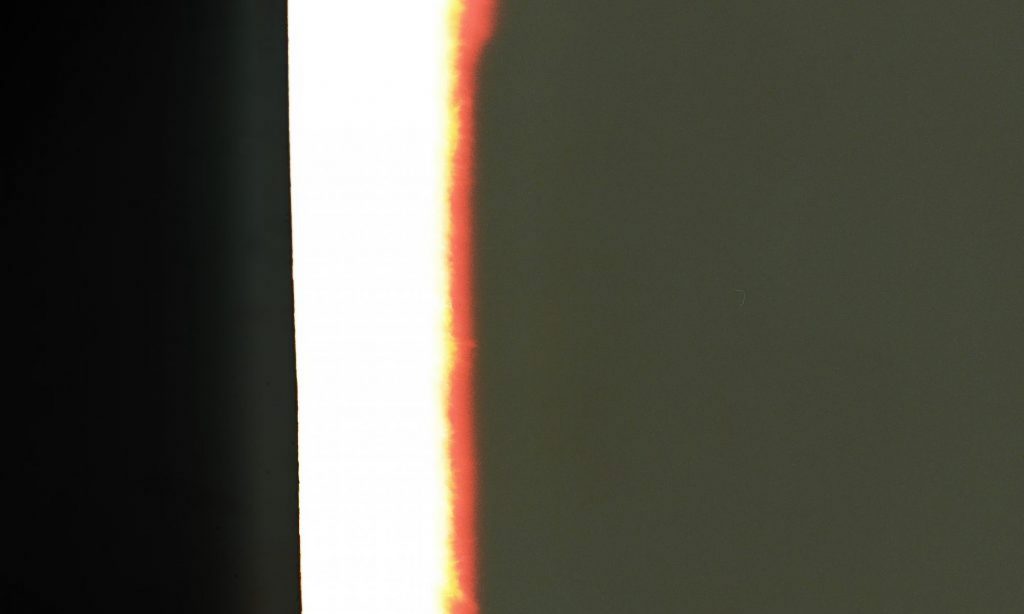References for a new idea for a short film
#TB
Got my photos published in an online magazine
I shot the lookbook for the menswear brand LAZKANO a couple of weeks ago and it got published in the magazine The Pink Prince yesterday. It’s so exciting every time I see my name on publications.
https://www.thepinkprince.com/single-post/2019/12/16/LAZKANO-SS20

Assisting Jasmine de Silva
After taking the BTS shoots for Samantha’s movie, I asked Jasmine that if she needed an assistant I would love to help her out. She invited me to be part of the team for a personal project that was shot last Monday in Margate.
It was such a great experience to be in set with her and her lovely team and I also got to take some behind the scenes shots for them. Unfortunately, I won’t be able to share them until the film is out.
The location looked amazing, it was a kitch house designed by the set designer of the movie, Amy Exton; the makeup artist (Natasha Lawes) mostly works for films and she did such a great job. And the hairstylist, Judit Florenciano, and stylist Sian O’Donnell were also so experienced.
I learn so much every time I get to assist any photographer/videographer and I feel I am taking every opportunity I can to be in as many sets as possible.
BTS for Fiorella and Samantha




Cyanotype workshop and print test

I spent all Monday at school. First, I developed and scanned some negatives from an editorial I shot on Saturday.


After that, I got some A2 print tests at the Media Lab to decide how I want my photos to be printed and do some drawings or paint on them afterwards. (Pd. People at Media Lab are not really willing to help).


Then I did the cyanotype workshop, which I found so fun. I feel that trying these new techniques makes sense with my initial concept for the shoot, Movement and the Body, as I think I am actually interacting with the photos in a physical way.



It’s a wrap!
We have been filming Jessi’s video for the last two days. She helped me out with my shoot and I offered to film her movie, I wanted to do some moving image since my FML project is just still images.


Made-by-women-for-women
Women Behind the Camera (2007). A really interesting documentary that explores the lives of different camerawomen around the world.
Have spent so many hours developing and scanning
After the workshop a few weeks ago, I have been developing and scanning my own negatives. It saves money but definitely doesn’t save time.
I am quite happy to be able to do it myself tho, I am learning a lot from the processes (both developing and scanning) each time I do it. Here are some snaps from it, I will also post some of the photos I got soon.

I freaked out when the medium format film came out as I thought I had lost all the photos by putting the film in the machine the wrong way. It turned out the first part of the roll is completely black and all the photos came out afterwards, thank god!.

